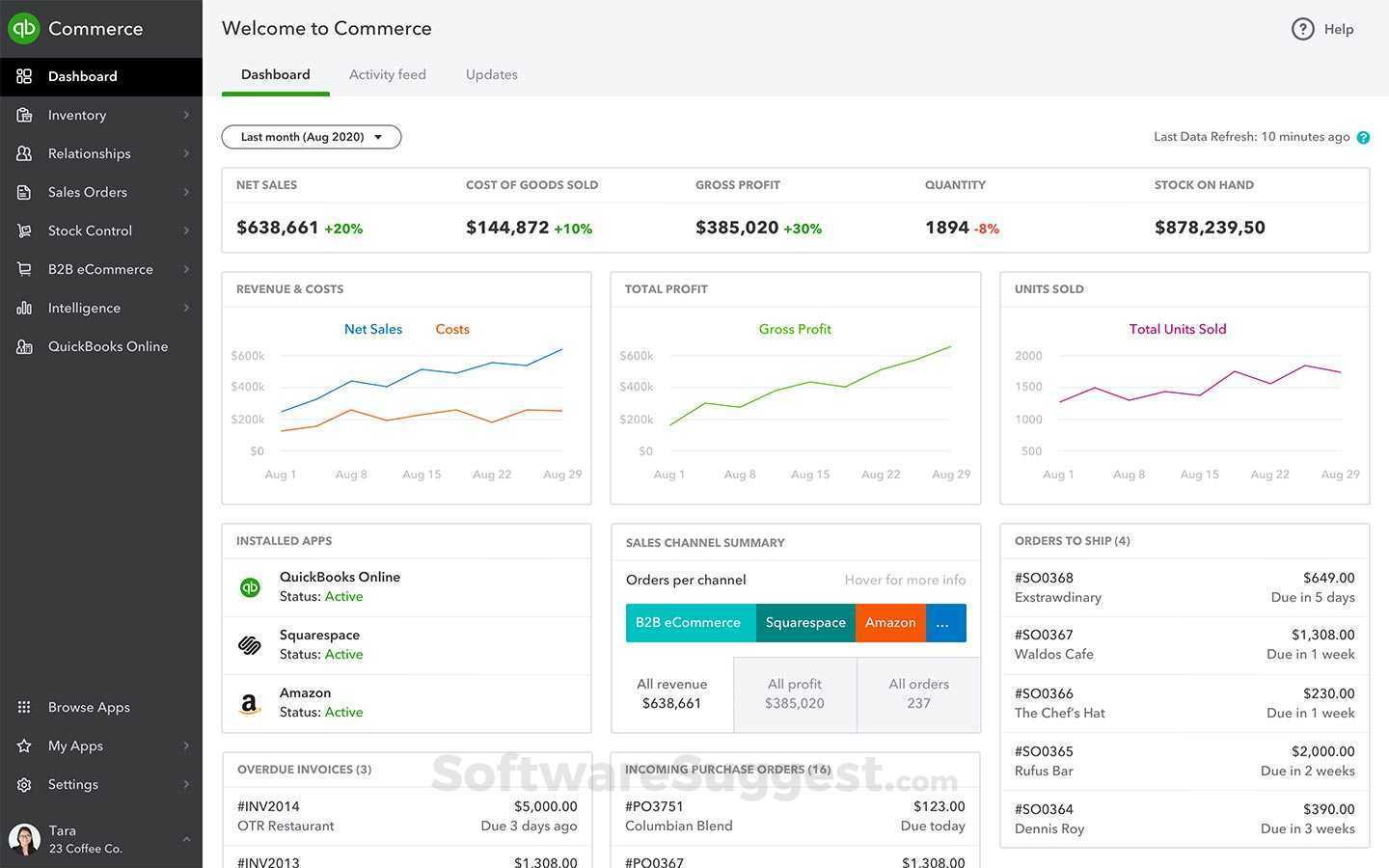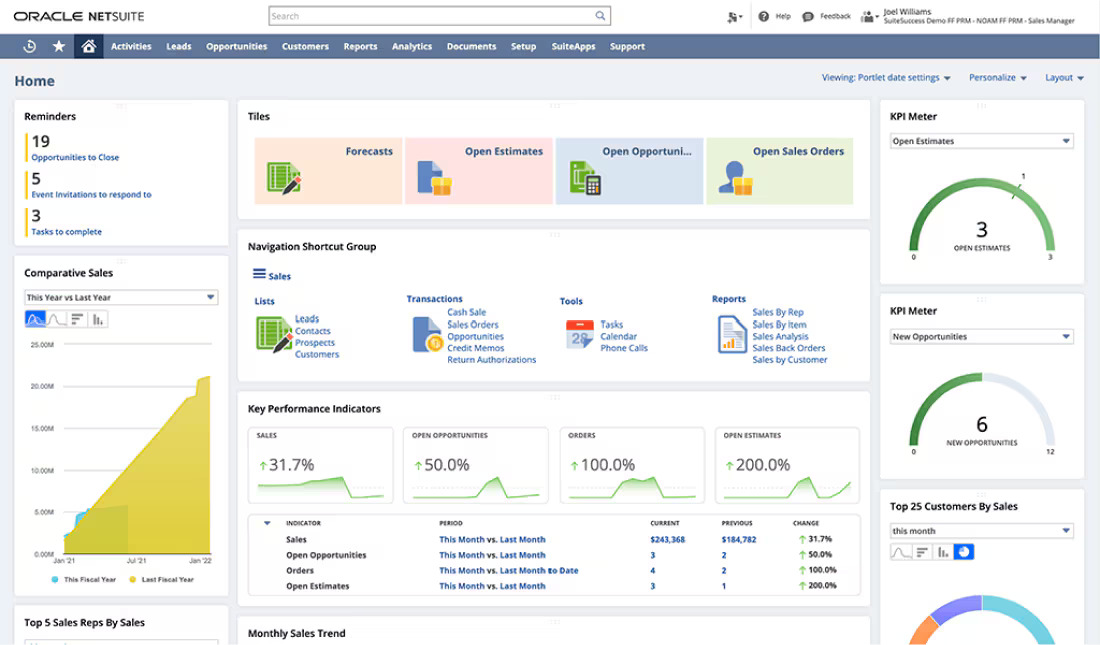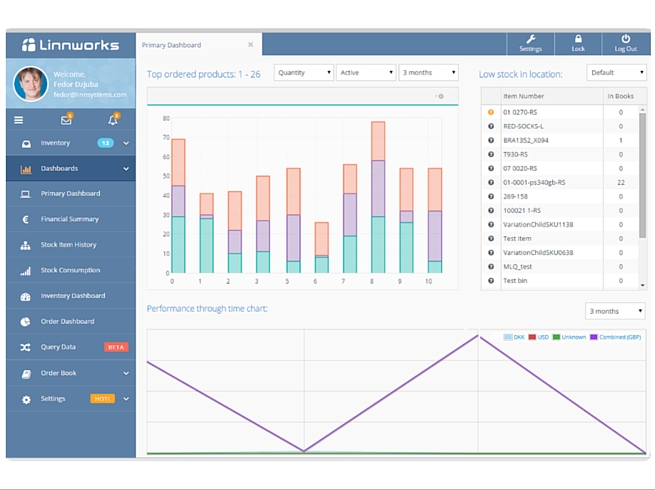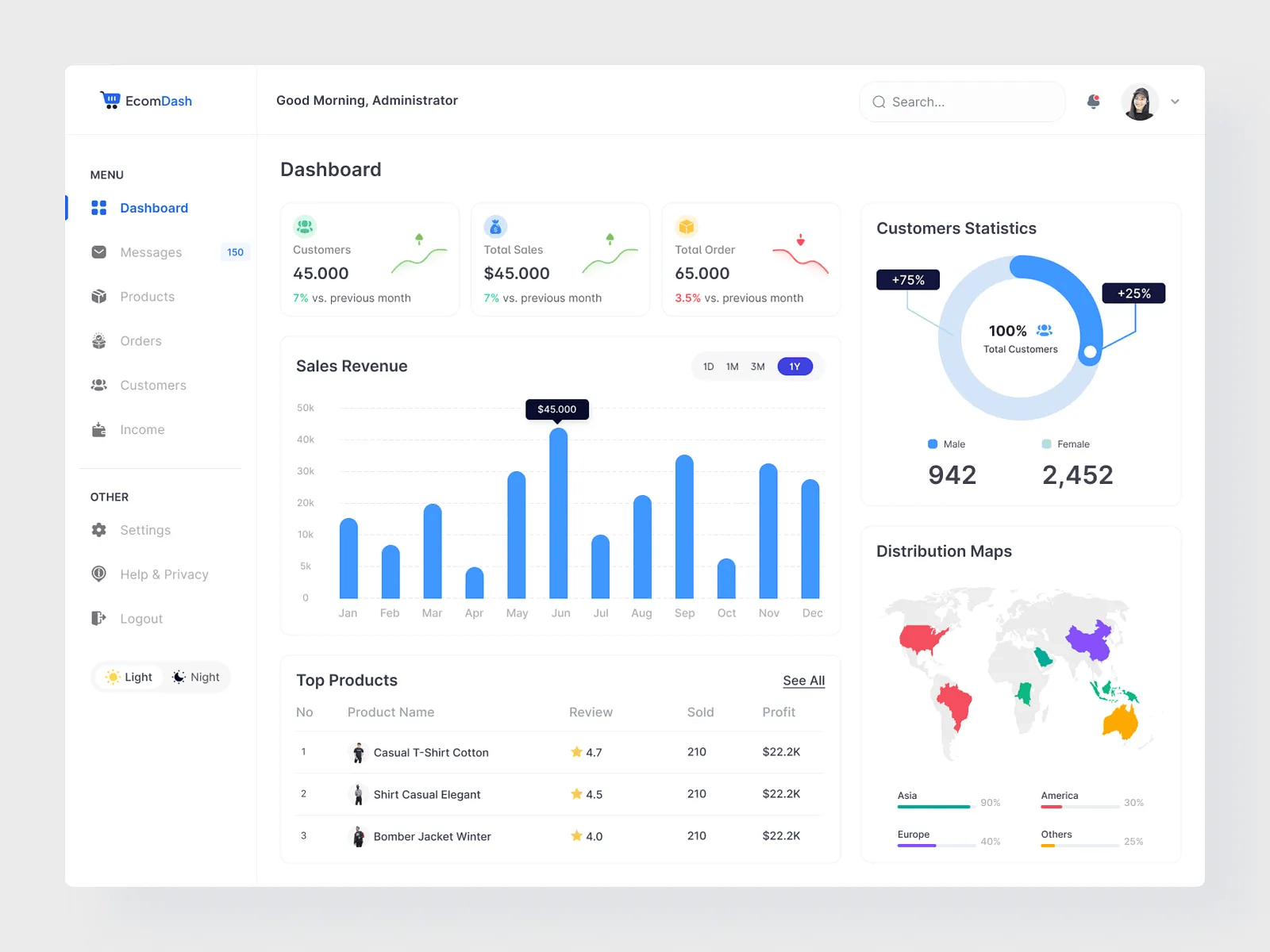How to manage marketplace inventory management: Strategies and Steps
When you start selling products on online marketplaces like Amazon, eBay, Etsy, or Flipkart and after your sales grow, the process of managing inventory becomes complicated. And after a while, you may feel you wish to know more about how to manage inventory on a marketplace. For effective inventory management, you need to keep track of stock across different platforms, avoid overselling, manage returns, and make sure your warehouse can handle the next order on time.
It can be simplified with marketplace inventory management. With the right tools and smart steps, you can stay on top of your stock, cut down mistakes, and give your customers a smooth shopping experience.
In this article, we’ll go over what marketplace inventory management means, how to do it right, which tools to use, best practices, and how trusted partners, can help you manage the inventory marketplace in your business.
Inventory Management Overview
Inventory management is how you order, store, track, and sell products. It makes sure you always have what you need in the right amounts, at the right time.
Good inventory control helps you:
- Avoid having too much or too little stock
- Cut down on waste and overbuying
- Improve cash flow
- Make smart buying and selling choices
It also helps you plan for busy seasons and respond quickly when supply chains face problems.
Marketplace Inventory Management Overview
This is all about keeping your product counts right across many online stores. For example, when you sell on Amazon and your own site. If someone buys the last item on Amazon, it should show as sold out on your website as well, right away.
Without a system in place, you might:
- Sell more items than you have
- Delay customer orders
- Get complaints
- Mix up stock between channels
- Struggle with returns and refunds
That’s why it’s smart to use inventory management software. It connects all your channels, tracks orders, and helps reduce manual work.
How to Manage Inventory on a Marketplace — Key Strategies and Steps
To manage inventory on a marketplace effectively, follow these strategies:
Use Inventory Management Software
If you sell across different platforms like Amazon, eBay, at your own shop, or maybe some other platform, you’ll require software that ties everything together. That way, every order detail updates in real time, and you won’t risk selling what you actually don’t have.
Set Inventory Thresholds
Think of it like a warning light on your dashboard. When stock gets low, you’ll get an alert, giving you time to reorder before things completely run out. A lot of businesses even keep a “safety stash” for those unexpected rushes in demand.
Centralize Inventory Data
Scattered information creates headaches. Keep product details, SKUs, and stock numbers in one hub so there’s no confusion. Your team should always see the same, accurate data—no more chasing mixed-up counts.
Track Inventory Movement
Products don’t just sit around; they flow in and out. Pay attention to that flow. With barcodes or scanners, you can make picking and packing quicker, and mistakes a lot less common.
Automate Reordering
Why manually chase stock when the system can do it for you? Set thresholds and let automation handle the reorders. It saves you time, keeps shelves filled, and reduces those “oops, we forgot” moments.
Conduct Regular Stock Audits
Every once in a while, get hands-on. Count what’s physically in your warehouse and compare it to what the system shows. You’ll catch little mismatches before they grow into bigger problems.
Integrate with ERP and WMS Systems
Your inventory doesn’t live in isolation. When it’s tied to ERP or System for Warehouse Management, it syncs with sales, shipping, finance, and supply chain workflows. The result? Everything runs smoother because it’s all connected.
Track Product Performance
Not every item moves the same. Some fly off the shelves, while others stay long. By reviewing sales data, you’ll spot trends, adjust purchases, and even plan smarter promotions.
Prepare for Seasonal and Promotional Spikes
Holidays, sales events, sudden demand; they can make or break your stock flow. Analyze your past sales data, forecast what’s coming, and order in advance. That way, you’re ready without drowning in overstock.
Best Marketplace Inventory Management Software
Here are some of the best marketplace inventory management tools:
1. Microsoft Dynamics 365 Supply Chain Management
.png)
Dynamics 365 Supply Chain is part of Microsoft’s ERP suite, which is useful in covering inventory, warehouse, and delivery. It works well with Microsoft tools and online channels, making it great for businesses with complex supply chains.
Features: Full integration with Microsoft apps, strong stock tracking, warehouse management, and delivery scheduling.
Best for: Medium to large businesses using Microsoft tools.
Extra: Works well for multi-location warehouses and global shipping.
Also Read: Supply Chain Management SCM Software
2. Zoho Inventory

Zoho Inventory is simple to use and good for small and medium businesses that sell on many platforms. It also connects easily with Zoho’s other apps like CRM and Books.
Features: Stock tracking, barcode scanning, order management, and shipping integrations.
Best for: Small to medium businesses selling on multiple channels.
Extra: Affordable with a free plan for small sellers.
3. Cin7

Cin7 connects your stock, sales, and warehouses with real-time updates. It’s useful for businesses selling across multiple channels and locations.
Features: Integrates with sales channels, warehouses, and accounting tools.
Best for: Businesses needing real-time stock updates.
Extra: Includes POS features for in-store sales.
4. TradeGecko (QuickBooks Commerce)

Trade Gecko software is for growing teams who want smooth order and stock management. It links well with QuickBooks to keep inventory and finances in sync.
Features: Multi-channel selling, custom pricing lists, and analytics.
Best for: Growing businesses looking for simple order and inventory management.
Extra: Direct integration with QuickBooks for accounting.
Also Read: QuickBooks Alternatives
5. NetSuite ERP

NetSuite is for large businesses with big inventory needs. As it is cloud-based, it’s ideal for companies with multiple warehouses or global operations.
Features: Advanced demand planning, procurement, and inventory optimization.
Best for: Large enterprises with complex supply chains.
Extra: Scalable to manage multiple subsidiaries and currencies.
Also Read: NetSuite Alternatives
6. Linnworks

Linnworks automates inventory and order management operations across different sales channels. It’s really useful for eCommerce businesses looking to scale without losing control over stock.
Features: Centralized inventory control, automated order routing, bulk listing management.
Best for: E-commerce sellers managing multiple marketplaces.
Extra: Strong analytics to track profitability by channel.
7. Ecomdash

Ecomdash tool is designed for small to mid-sized businesses that sell on many marketplaces. It makes multichannel inventory tracking easy and also supports shipping and order fulfillment.
Features: Multi-channel syncing, automated reordering, and shipment tracking.
Best for: Small to mid-sized online retailers.
Extra: Easy setup with affordable pricing for growing sellers.
Inventory Management Techniques
Here are proven techniques to keep your marketplace inventory under control:
1. ABC Analysis
Classify items into three categories:
A: High-value, low-quantity items needing close monitoring.
B: Moderate value and demand.
C: Low-value, high-quantity items needing less oversight.
2. Just-in-Time (JIT) Inventory
Order goods so they arrive right when you need them, reducing storage costs. Works best when you have reliable suppliers.
3. Dropshipping
Sell products you don’t physically store. The supplier ships directly to customers. Good for expanding your product range without holding stock.
4. Safety Stock Management
Keep a buffer of extra stock to handle sudden demand or supply delays.
5. Demand Forecasting
Use past sales data, trends, and seasonal patterns to predict future demand.
6. Batch Tracking
Track items by production batch to manage recalls, quality control, and expiration dates.
Inventory Management Best Practices
1. Follow the 80/20 Rule
Focus on the top 20% of products that bring 80% of your revenue. Keep these items stocked at all times.
2. Label and Organize Stock Clearly
Use clear labels, bins, and barcodes to speed up order fulfillment and avoid mix-ups.
3. Use FIFO (First In, First Out)
Sell the oldest stock first to keep goods fresh and avoid waste.
4. Review Reports Often
Analyze sales and stock reports weekly to spot trends, slow movers, and fast sellers.
5. Train Your Team
Make sure staff are skilled in using inventory tools and following stock handling procedures.
6. Standardize Receiving and Shipping
Create clear steps for checking stock when it arrives and packaging orders for shipment.
7. Use Automation Where Possible
Automate stock level updates, order routing, and reordering to reduce errors.
8. Build Strong Supplier Relationships
Good communication with suppliers ensures faster restocks and better terms.
9. Plan for Returns Management
Have a clear process for inspecting, restocking, or disposing of returned goods.
ERP Implementation and Inventory Management
Inventory works best when it’s part of a full ERP system. An ERP like Microsoft Dynamics 365 links your stock with sales, finance, customer service, and supply chain.
Here’s how ERP setup usually works:
Planning – Set your goals and choose your team. You define what you need from the ERP and what success looks like.
Design – Map your current steps and fit them into the ERP layout. This ensures a smoother transition with less disruption.
Development – Set up, import your data, and tailor features for your needs. Developers configure the system to fit your workflows.
Testing – Try everything out and fix issues. This step avoids future breakdowns and ensures smooth operations.
Deployment – Go live and start using it. Your team shifts from old tools to the new system.
Support – Get updates and training to improve use over time. Post-launch support helps fix bugs and train new users.
During setup, focus on inventory management as a key step. Work with someone who understands your type of business and the challenges you face.
How Dynamics Square Can Help
Dynamics Square is a Microsoft Dynamics 365 expert. They help businesses use Dynamics for stock, warehouse, and full ERP setups.
Here’s how they help:
- Suggest the right Dynamics 365 tools
- Set up inventory tracking
- Train your staff
- Support you after setup
Help your system grow as your business grows
Final Thoughts
Managing inventory across various marketplaces can feel like a complicated task. But when you’ve got the right system backing you up, things don’t seem so complex. Dynamics 365 can put everything together, whether it is your stock, orders, finances, or even the warehouse, in a connected place.
This is possible with automation and real-time updates. In place of dealing with lots of spreadsheets or doing late-night number crunching, your team becomes more efficient and tends to make fewer mistakes. You stay in control, customers feel taken care of, and the day-to-day hustle and bustle lightens a bit.
And the best thing is that you don’t have to figure it out alone. Microsoft Dynamics Partner like Dynamics Square help you shape the system around your own needs, not the other way around. Microsoft Dynamics 365 can grow with your business needs.
So, when your inventory finally clicks into place, sales flow smoothly, and customers? They stick around, they trust you, and they’re happier. That is the ultimate goal of any business.
And please do not hesitate to contact us by phone at the number +1 289 807 0740 or by sending an email to the address info@dynamicssquare.ca.
People Also Ask:
What is the simplest way to manage an inventory?
Utilize an inventory tracking program that integrates all your sales channels and updates stock in real-time.
What is the 80/20 rule for inventory?
It is a strategy where you need to focus on the 20% of products that bring in 80% of your sales. Keep those items stocked and track them closely.
What is the best way to organize inventory?
Use clear labels, barcodes, and organized shelving. Make sure the warehouse layout is easy to move through.
What are the 5 steps of inventory management?
The 5 steps for inventory management are as follows:
Order → Store → Track → Sell → Replenish



